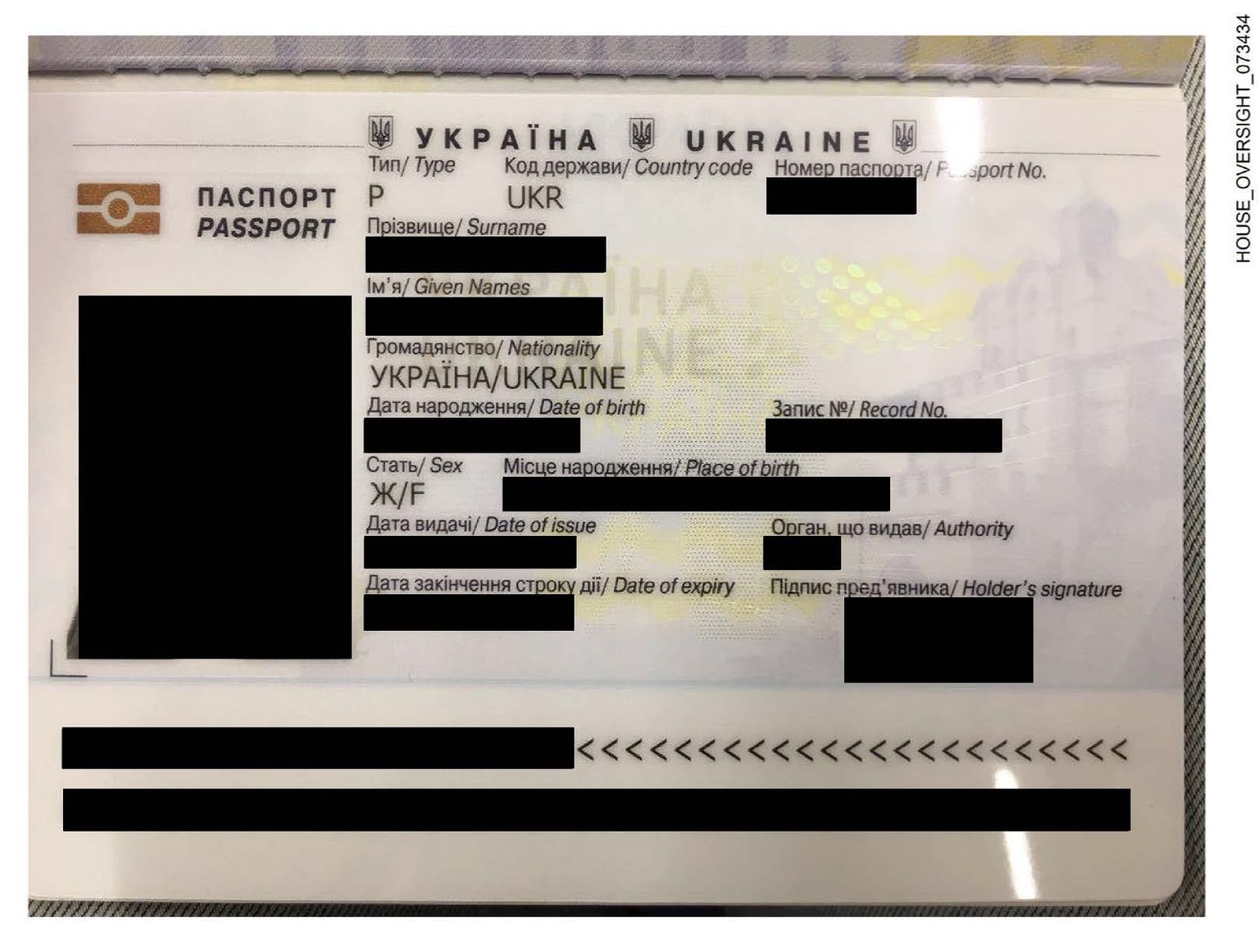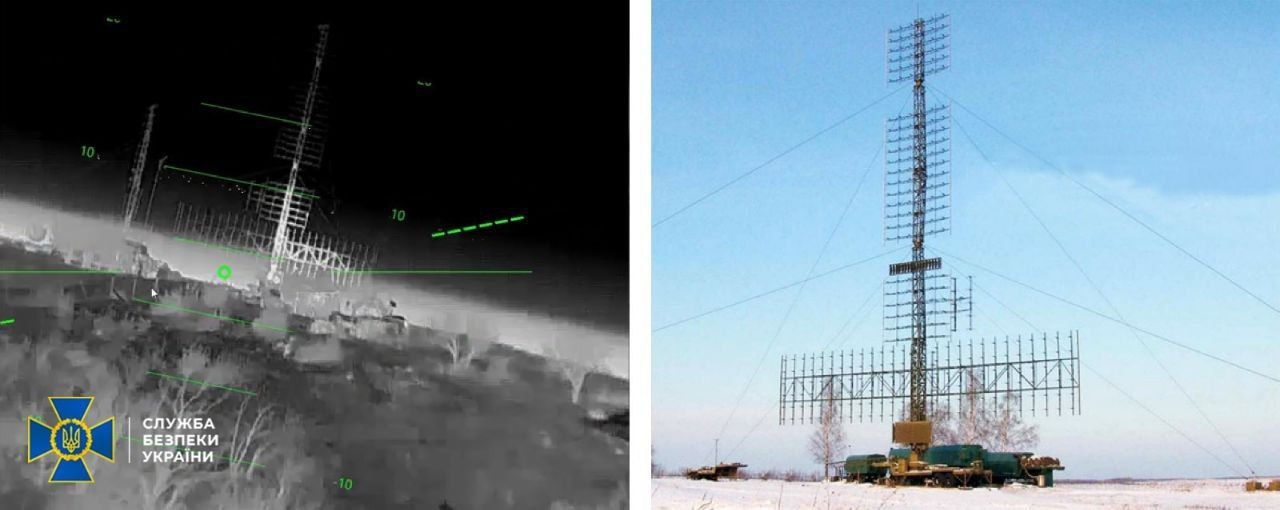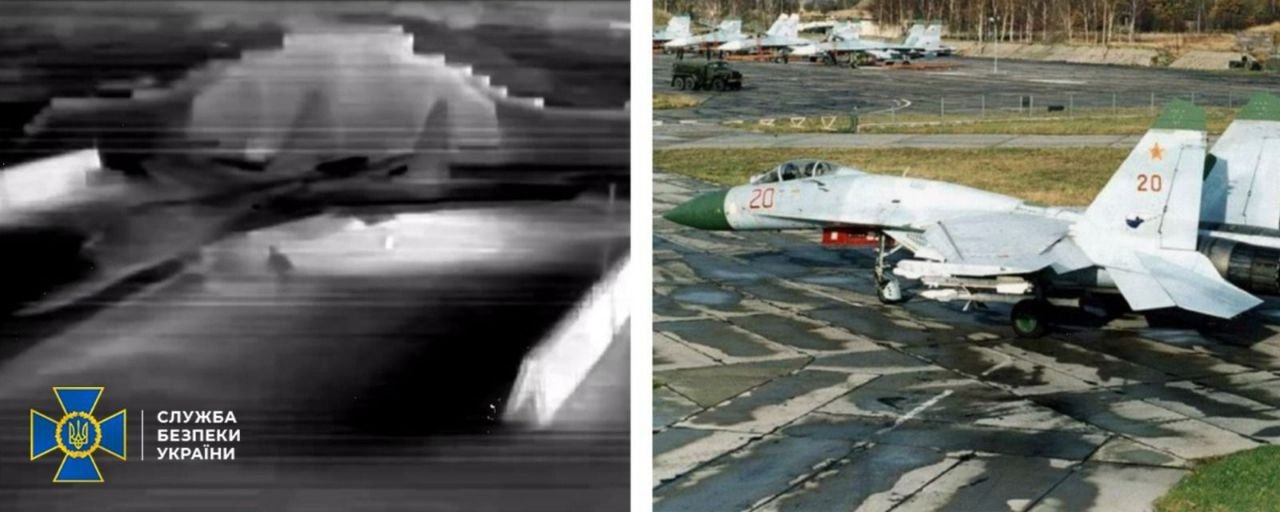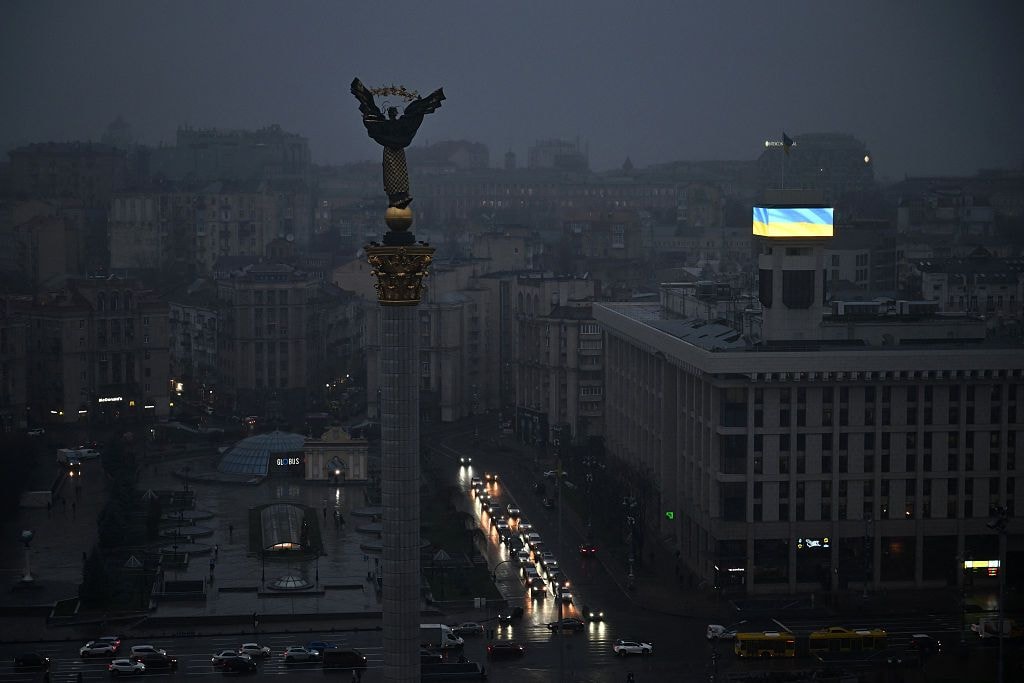
Ukraine’s steel sector looks abroad after loss of critical Donbas coal mine
A miner works underground at the Metinvest BV Pokrovske coal mine near Pokrovsk, Ukraine, on Oct. 25, 2024. (Christopher Occhicone/Bloomberg/Getty Images)
Ukraine’s steel producers are now looking abroad to stay alive after the closure of the country's last operating coking coal mine in Pokrovsk last month.
Miners were working up until Jan. 13 when the Metinvest Group, the mine’s owner, halted production completely and evacuated employees as Russian troops advanced on Pokrovsk in Donetsk Oblast.
The Pokrovsk mine was the last remaining coking coal site in Ukrainian-controlled territory and was worth around $1.8 billion before the war, according to the GMK Center, a metallurgy consulting company.
In order to extract coke, which is used as fuel in blast furnaces, the coking coal is heated in a vacuum. Without it, it is impossible to make steel.
Ukraine’s steel producers will now have to increase imports of the fuel, racking up transport costs. This will hinder the global competitiveness of Ukrainian steel, which has already taken a pounding since the start of Russia’s full-scale invasion.

Companies still plan to keep producing steel, which will be a much-needed product when reconstruction projects take off post-war. But some analysts are unsure if Ukrainian producers can afford to cover the needed imports.
“To produce the 2024 volume of steel — 7.5 million metric tons — we would need (to import) 1.9 million tons of coal. We have doubts whether it would be possible to import such quantities and definitely it would further increase the costs of our steel producers,” Oleksandr Kalenkov, the head of Ukraine's steelmakers' association, told the Kyiv Independent.
Ukraine is only one of four countries in the world that has all the raw resources to produce steel, including coking coal, a critical industry in the country. Once in the top ten globally, its position has slumped to below 20th since Russia’s full-scale invasion.
Ukraine’s ample coke production reached 23.7 million tons in 2013. After Russia invaded the country’s east in 2014 — where most of Ukraine’s coking coal lies — coke production dropped to 11.7 million tons in 2015 and just 2.7 million tons last year, according to the GMK Center.
In the year before the full-scale war, the Pokrovsk mine produced on average 3.5 million metric tons of coke annually. This dropped to 2.6 million tons during the war, with miners working under heavy fire as Russian troops pummeled Pokrovsk until it was forced to close.

Metinvest, owned by Ukraine’s richest man Rinat Ahkmetov, is currently running on stockpiles and plans to import coking coal from its U.S. subsidiary for personal use. Still, the company, as well as other steelmakers like ArcelorMittal Kryvyi Rih, will have to import coke and coking coal from countries like Poland and Australia.
Imports
The Pokrvosk mine’s coking coal supplied 66% of the Ukrainian steel manufacturers with coking coal in 2024, providing the coal to all but one steel maker in the country. Ukraine made up the rest through imports — 1.2 million tons of coking coal and 700,000 tons of coke, according to the GMK center.
Without the mine in Pokrovsk, Ukraine needs to find a replacement to plug a nearly 3 million ton deficit. While there are other coking coal reserves in Ukraine, they are unexplored, and establishing a new mine like Pokrovsk could cost up to $10 billion, said Stanislav Zinchenko, CEO of the GMK Center. That’s an investment Ukrainian steel companies can’t afford right now.
Coke production facilities are also required to extract the coke from coking coal but many have been damaged or occupied, like in Avdiivka, said Volodymyr Landa, a senior economist at the Center for Economic Strategy (CES). There are five remaining facilities in Ukraine’s east, but not all are in good shape and have old machinery, like the Zaporizhzhia plant.
A balance of imports of both coke and coking coal is the only option to keep Ukraine’s steel facilities operational. Up until 2022, Russia was Ukraine’s largest coke source. Unsurprisingly, that has changed in recent years and Poland made up 85% of Ukraine’s coke imports in 2024. Poland also provides some coking coal, although the majority comes overseas from the U.S. and Australia.

“Theoretically, Ukraine can increase coke imports approximately by 1 million tons from Poland and other countries, as well as the imports of coking coal by 2-3 million tons,” said Stanislav Zinchenko, CEO of the GMK Center.
“But the economic feasibility of such supplies is under question,” he added.
The Ukrainian steel industry has shrunk by 3.5 times since 2021. Imports will have a 30% markup and put extra pressure on the already low margins, according to Oxford Economics, an analyst group. For example, each ton of Australian coking coal comes with an additional $50 price tag to cover transportation costs, increasing steel production costs by 11%, said Zinchenko.
Imports also take much longer to reach producers and depend on the season. The delivery time for European coal can take up to three weeks in the winter or two weeks in the summer. For overseas imports, it can be over a month and a half before Ukrainian companies get the product, according to ArcellorMittal Kryvyi Rih.
There could likely be limitations on imports from neighboring Poland, which transports coal via railway, said Kalenkov. Its constrained export capabilities will mean trade flows to Ukraine will “take time to reorganize,” said Oxford Economics.
Poland’s largest coke producer, JSW, is also struggling to recover its coking coal and coke outputs this year after suffering several setbacks recently including fires at its mines, said Siew Hua Seah, head of Ferrous Pricing at Argus Media, a market analyst group.
Instead, Indonesia is emerging as a serious competitor in the global market and could be an option for Ukraine. India recently imposed coke restrictions which means Indonesia will become “more aggressive” on the global coke market and its prices are already very competitive, she said.

Metinvest told the Kyiv Independent that while it will import coking coal from its U.S. subsidiary and other countries, transport costs will be an additional burden. Ultimately, this will result in bigger costs for Ukrainian steel or weaker margins for producers, said Oxford Economics.
With global steel prices currently at a low point due to China’s dumping, “reduced competitiveness will be a headwind for a recovery in Ukraine's steel production while hostilities persist,” Oxford Economics told the Kyiv Independent.
Economic fallout
Despite the hard hit to the metallurgy industry, it still remains a cornerstone of Ukraine’s economy and contributed to 5.7% of Ukraine’s GDP in 2023. The result for 2024 is likely greater as steel production grew by 21% year-on-year thanks to the opening of the Black Sea to metallurgy exports.
But growth dipped starting in September of last year. Before the Pokrvosk mine closed, the forecast for 2025 was a 9% decline. Without the mine, steel production could fall to 2-3 million tons, a precipitous drop from the 7.5 million tons produced last year. This could impact 1% of Ukraine’s GDP, according to Oxford Economics.
Metinvest is a major taxpayer and paid nearly Hr 20 billion ($479 million) last year. The company will lose an asset valued at around $1.8 billion pre-war and brought in Hr 5.9 billion ($141 million) in the first nine months of 2024.
Overall, the closure of the mine will not be much more detrimental to the multi-billion dollar company than the problems already caused by the war. Metinvest has other options, such as steel production at its EU and U.K. facilities, and it also exports iron ore, which has higher margins than steel and is helping keep Ukraine’s metallurgy industry afloat.
The company told the Kyiv Independent that it is too early to calculate the economic consequences but imports will impact the group’s results and efficiency.
While Ukraine will have to pay more for imports of coke and coking coal, prices for coke and coking coal are at multi-year lows amid an oversupplied market and low demand. Ukraine’s imports this year are unlikely to reach anywhere near pre-war levels, when coking coal imports reached 11.5 million tons. Global prices won’t be significantly impacted, said Oxford Economics.
This is good news for Ukraine’s reconstruction projects which will require steel. For now, construction is largely on pause across the country due to hostilities although that could change once a ceasefire or peace deal is negotiated and steel demand skyrockets. This may cause prices for raw materials to spike slightly, although even higher prices for coke and coking coal won’t inflate reconstruction costs hugely.
“Coke's share in production costs of steel products could be up 30-40%, but the price of imported coal is not twice higher than domestic coal,” Zinchenko said.
There are supplies of coking coal in western Ukraine which will require hefty investment in the billions of dollars. But few are willing to take the risk while hostilities are ongoing yet that may change in peacetime.
If Ukraine cannot produce enough steel itself, which seems likely, it will need to import steel to meet the demand when reconstruction happens. Imported steel from countries like Turkey could cost an extra 0.02 euros a ton per kilometer, said Landa. That would add to the hefty reconstruction costs, already valued at close to $500 billion.













